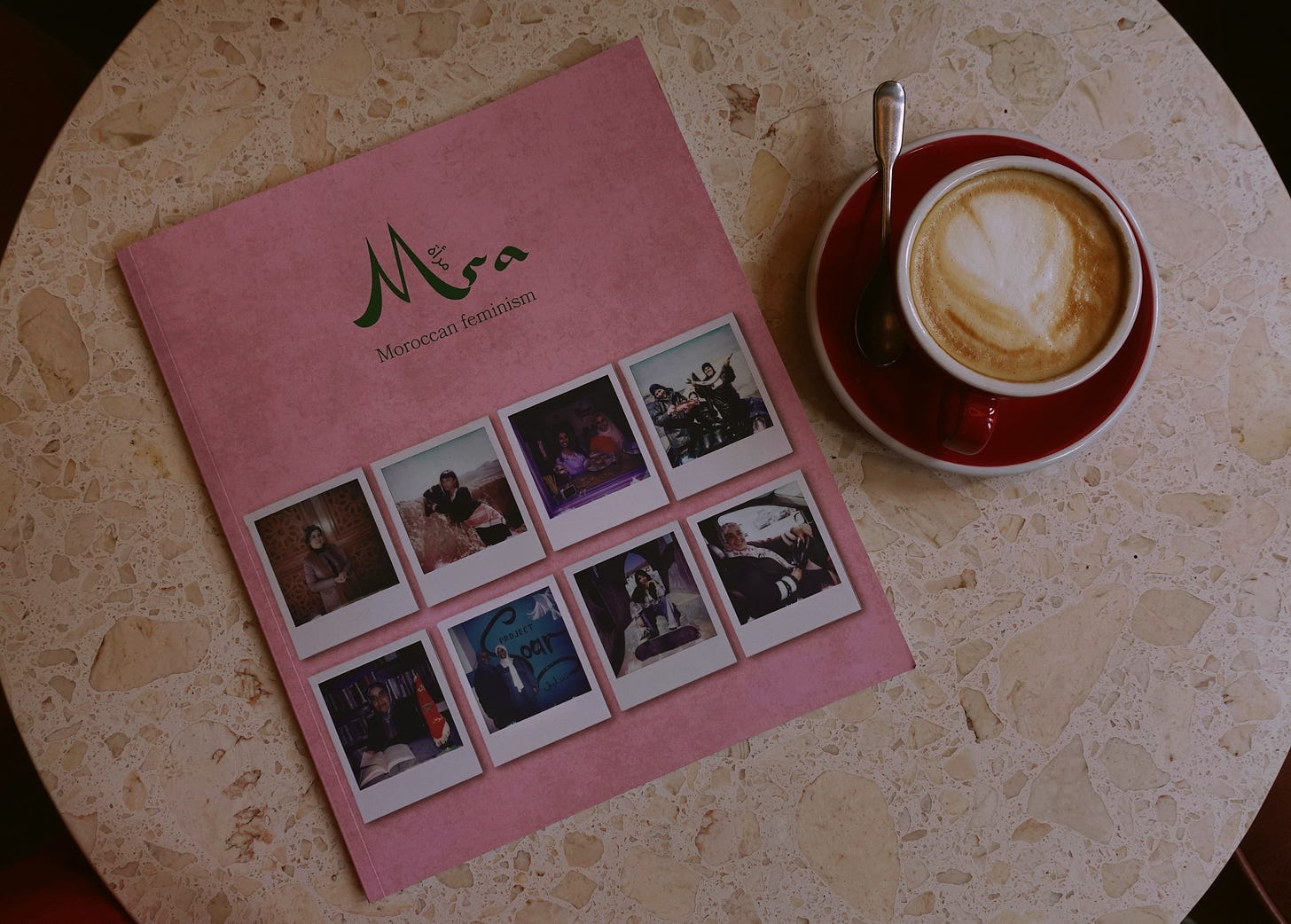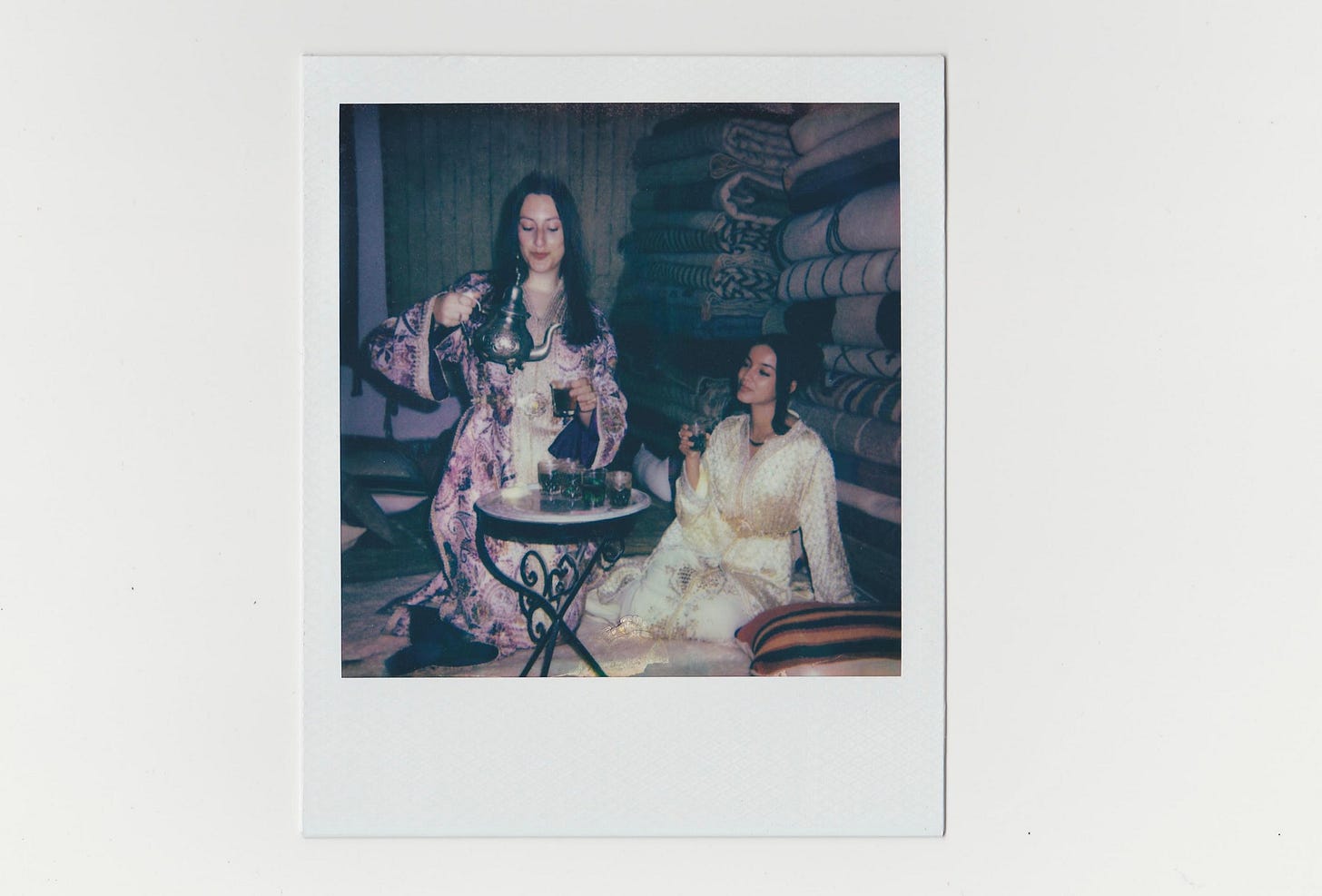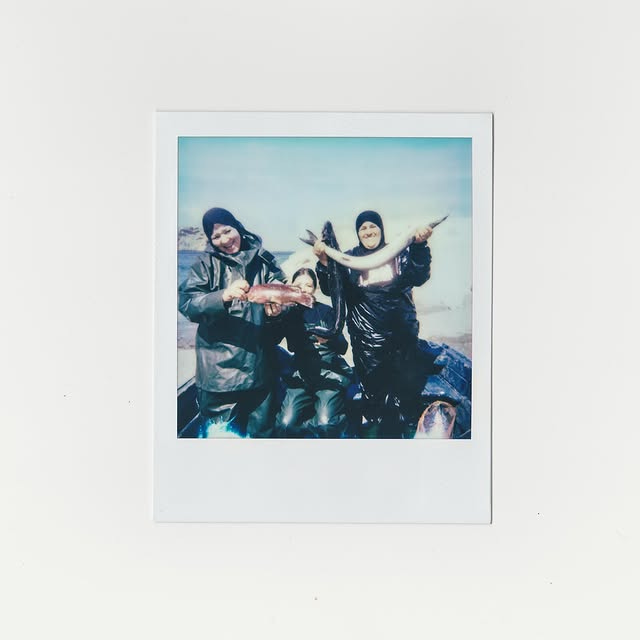Decentring the gaze to tell the stories of Moroccan feminisms
With Mra Magazine, Kaoutar El Afi and Ilaicha Vandeputte take us to meet Moroccan women who are creating, innovating, and mobilising.
Feminism in Africa? Impossible! For the West, women’s rights movements can only be imagined through the lens of whiteness. Within this perspective, African and Arab peoples are by definition profoundly patriarchal, and therefore backward. Needless to say, the reality is quite different.
European colonisation, for instance, worsened the material conditions of women in many African societies. Despite the precarisation of their status, women played a central role in struggles for independence – and their commitment continued long after victory over the colonisers.
African and Arab women’s feminisms do exist, even if the label itself may not necessarily resonate with them. They take multiple forms, not always visible – or acceptable – through Western eyes. It is precisely this diversity of actions and mobilisations that Kaoutar El Afi and Ilaicha Vandeputte highlight through Mra Magazine.
The two journalists take us to Morocco, to meet some of the women who are organising, creating, innovating, and campaigning. The magazine’s title is no coincidence: “mra” means “women” in Moroccan Darija.
For Kaoutar El Afi, truly recognising Moroccan feminism requires breaking away from the Western prism. “If I were to approach Moroccan women only with that lens, I would see only a reflection of Western expectations. It would mean measuring Moroccan women’s realities against Western benchmarks, which not only risks misunderstanding them, but also reproduces the very hierarchies that feminism seeks to dismantle.”
As a journalist, acknowledging one’s own positionality and stepping outside the Western gaze is essential. “Journalism is never neutral. While I inevitably carry my own worldviews, I also carry the responsibility to question them. I must be willing to take off my own lenses and recognize that every editorial choice - what questions to ask, whose voices to highlight, what language to use - shapes the story and its meaning.”
This approach calls for a decolonisation of our minds and our language. “Only when we stop assuming that one culture defines the path for all, we can create a space where feminisms, plural, can exist side by side: in dialogue but never in hierarchy.”
Through portraits, interviews and photographs, Mra Magazine documents a range of concrete initiatives led by Moroccan women: from employment and gender inequality, to the promotion of Amazigh cultures and support for the Palestinian people.
Far from the usual narratives that often reduce women to the prism of intimacy or violence, Ilaicha Vandeputte and Kaoutar El Afi introduce us to women who are active agents, developing political thought and projects of their own.
“On the one hand, we are confronted with Western ideas that try to define what it means to be “liberated,” “progressive,” or “modern” women, often without listening to how we ourselves understand these questions. On the other hand, within our own diasporas, especially among communities who have lived abroad for generations, there is sometimes a detachment from the realities of womanhood in Morocco today. This distance can lead to clinging to outdated standards that no longer reflect the lives and struggles of women on the ground.”
Who better, then, than the women directly concerned to tell the story as truthfully as possible? “When women speak for themselves, they bring nuance, complexity, and truth that cannot be captured by those who only observe from the outside.”
Substantive in content, Mra Magazine is also striking in form. It is a beautiful, highly visual object, filled with colours and photography – all produced by Ilaicha Vandeputte. The graphic and artistic choices are far from incidental: pink for warmth, joy and celebration; green for growth, renewal and hope.
“We know that being a woman is not always easy, yet it is full of vitality, creativity, and courage - and that is exactly what our visuals aim to convey, explains Kaoutar El Afi. Through colour, composition, and photography, we aimed to create a bridge between past struggles and present achievements, offering hope for a future where women are fully celebrated and represented, Insha’Allah.”



